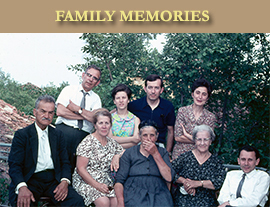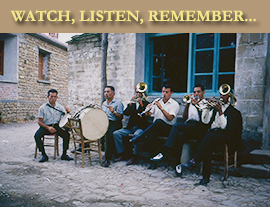...The place where one is born and raised is a living reality tightly intertwined with their life. This bond with the homeland is further strengthened by the knowledge of local history.
Without this knowledge, the past, with which we are biologically connected, cannot be loved or made a guide for our life. Ignorance of local history also prevents us from measuring the strengths of the present and envisioning the future.
Life carries the past within it, and if we choose to ignore it, we ignore ourselves. That is why one of the first lessons in our life must be local history...
Fotis D.Papanikolaou




